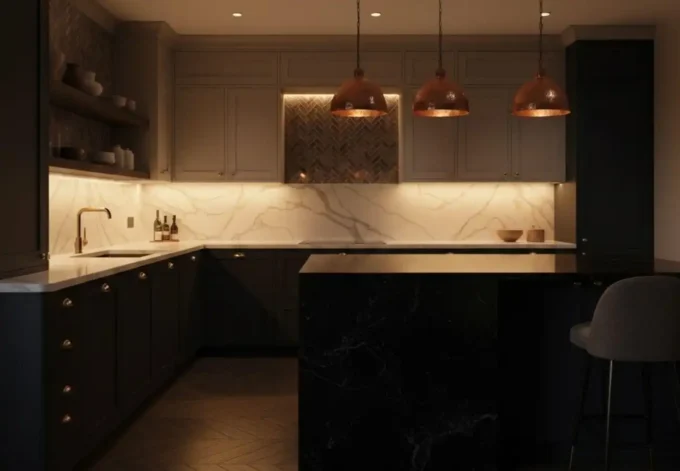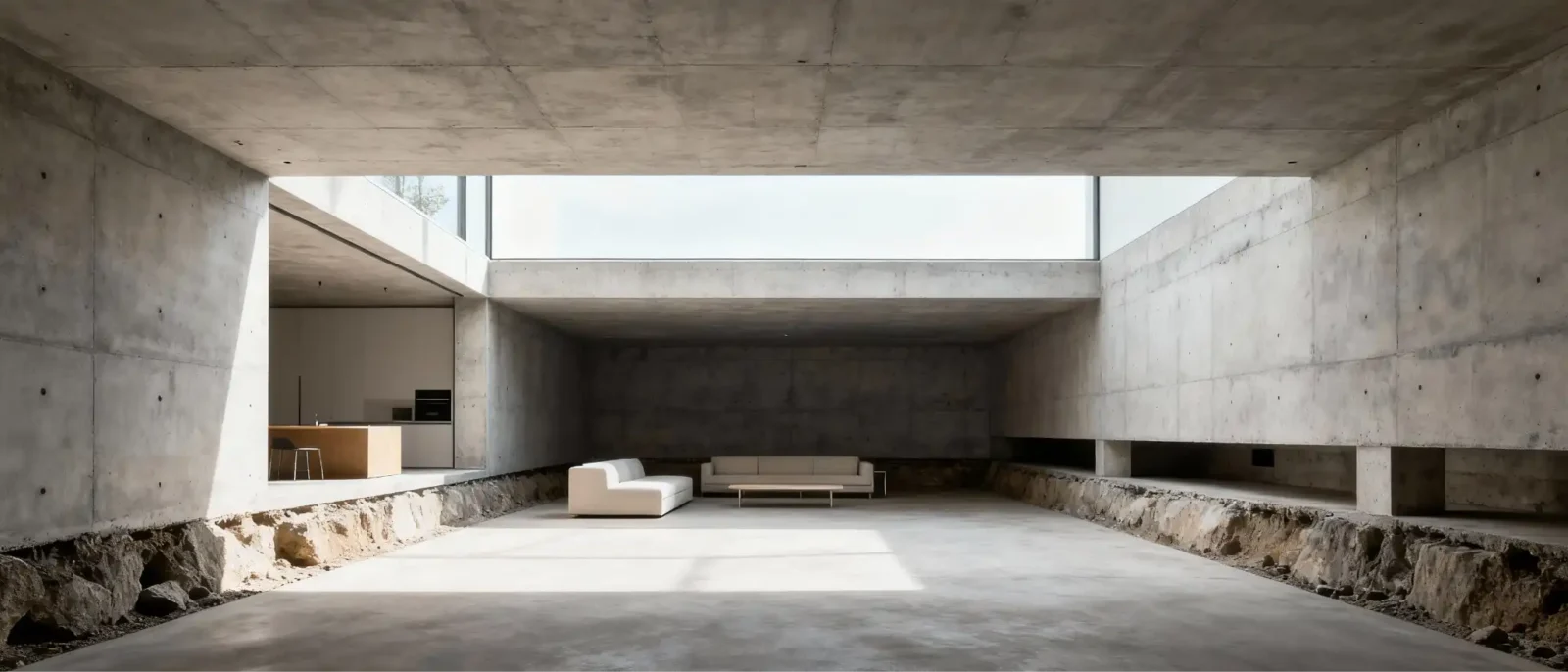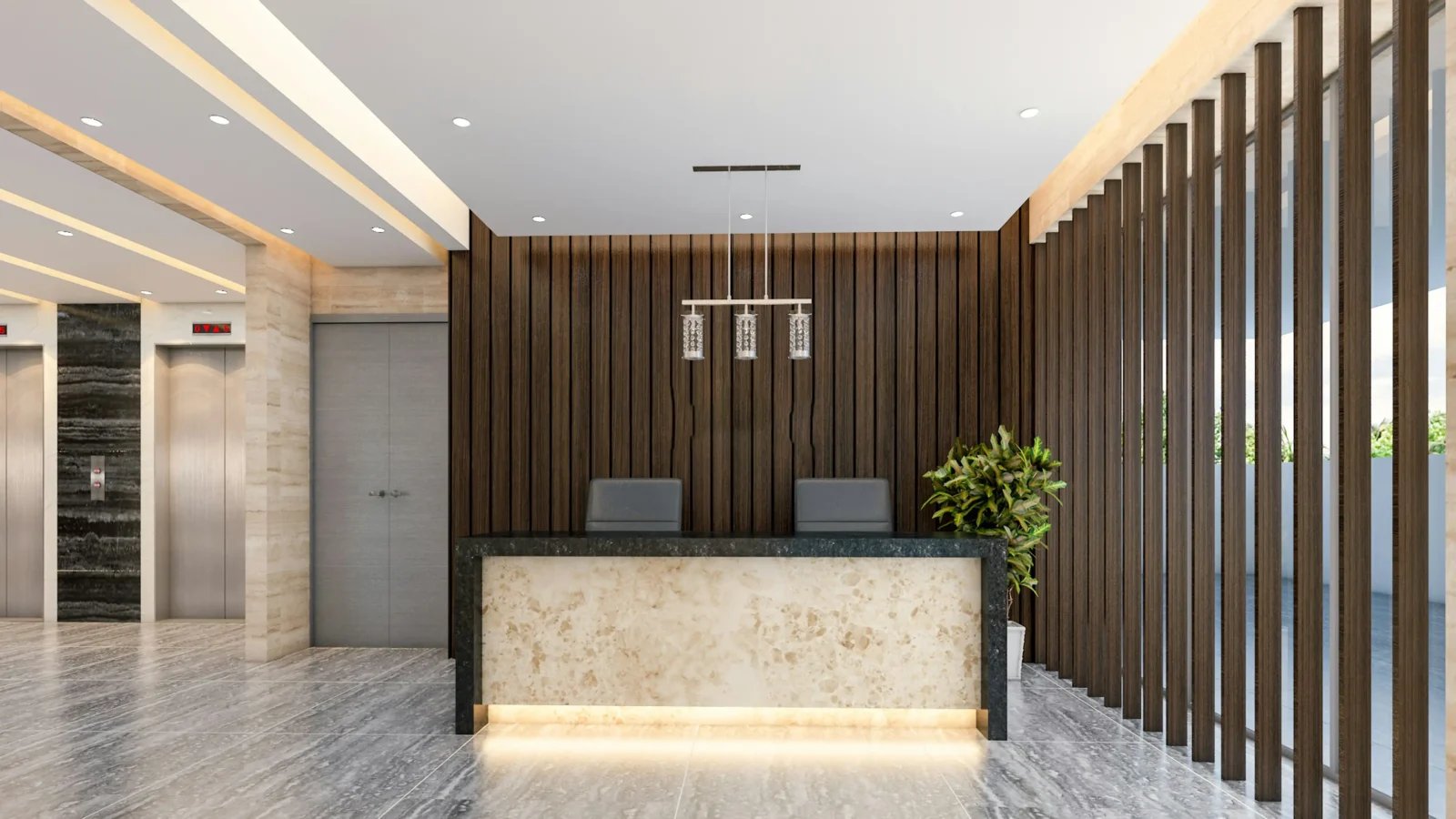- Home
- Articles
- Architectural Portfolio
- Architectral Presentation
- Inspirational Stories
- Architecture News
- Visualization
- BIM Industry
- Facade Design
- Parametric Design
- Career
- Landscape Architecture
- Construction
- Artificial Intelligence
- Sketching
- Design Softwares
- Diagrams
- Writing
- Architectural Tips
- Sustainability
- Courses
- Concept
- Technology
- History & Heritage
- Future of Architecture
- Guides & How-To
- Projects
- Interior Design
- Competitions
- Jobs
- Store
- Tools
- More
- Home
- Articles
- Architectural Portfolio
- Architectral Presentation
- Inspirational Stories
- Architecture News
- Visualization
- BIM Industry
- Facade Design
- Parametric Design
- Career
- Landscape Architecture
- Construction
- Artificial Intelligence
- Sketching
- Design Softwares
- Diagrams
- Writing
- Architectural Tips
- Sustainability
- Courses
- Concept
- Technology
- History & Heritage
- Future of Architecture
- Guides & How-To
- Projects
- Interior Design
- Competitions
- Jobs
- Store
- Tools
- More

Architecture and interior design work together. One cannot stand alone. The shape of a building affects everything inside it. From walls to windows, each part of the structure matters.
Good architecture makes design easier. It gives clear boundaries. Designers follow these to create functional and beautiful rooms.
The Role of Space
Architecture defines space. It tells how big or small a room will be. High ceilings create a grand feel. Low ceilings feel cozy. Wide rooms feel open. Narrow rooms feel calm.
Designers use these clues. They choose furniture and layout based on the space. For example, open-plan homes need less bulky furniture.
Light and Windows
Windows are part of the building. Their size and location affect how much light comes in. Natural light changes how a room looks and feels.
Designers must work with this. They pick colors and materials that match the light. A bright room may need softer tones. A dark room may need lighter shades.

Materials and Structure
The materials used in architecture influence design choices. Brick walls give a rustic feel. Glass walls feel modern. Concrete gives an industrial touch.
Interior designers follow this tone. They match furniture and décor to fit the building style. A modern home may have sleek lines. A traditional home may have more patterns and textures.
Flow and Movement
The way rooms connect matters. Architects create the flow. They decide where doors and hallways go.
Interior design supports this flow. It guides people through space. A good layout makes a home feel easy to move through.
For example, a long hallway can be made warm with soft lighting and a small bench. A storage bench in the entryway can serve two jobs. It looks nice and also keeps shoes or bags out of sight.
Ceiling Height and Walls
High ceilings allow for tall furniture or big art pieces. Low ceilings may need smaller items. The height and shape of the ceiling change the whole design.
Walls can be curved or straight. They can be solid or broken up with columns or windows. Designers must adjust furniture and lighting to match.
Built-In Features
Architecture sometimes includes built-in items. These can be shelves, seating, or nooks. Designers use these instead of adding new furniture.
A built-in reading corner might need just a cushion and a lamp. A large window ledge could be used for display or seating.

Function Comes First
Architecture often focuses on function. It must meet the needs of people. Interior design adds beauty but should also serve a purpose.
Together, they create a living space that works well and looks good. A home should feel right, and that comes from the mix of smart building and smart design.
Conclusion
Interior design follows architecture. The walls, windows, and structure shape the style inside. Designers work with the space, not against it.
A good example is how a storage bench fits into an open hallway. It uses space wisely and adds charm.
In short, architecture lays the path. Interior design walks that path with purpose and creativity.
illustrarch is your daily dose of architecture. Leading community designed for all lovers of illustration and #drawing.
Submit your architectural projects
Follow these steps for submission your project. Submission FormLatest Posts
What Really Keeps a City Alive? The Energy Behind Urban Motion
What gives a city its sense of life, the constant hum that...
The Vertical Revolution: How Basement Underpinning Creates Architectural Gold from Forgotten Spaces
Think about the last time you walked into a room with soaring...
Best Tools for Tracking Construction Labor Hours
Quick View of the Products Listed Best Overall: Workyard – Complete construction...
More Than a Gate: Designing a Secure and Stylish Home Entryway
A property’s entrance tells a story before a single guest steps inside....












Leave a comment